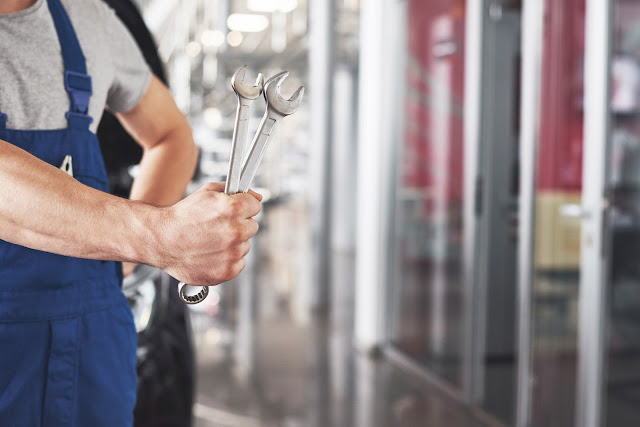How to Handle Heavy Stone Slabs Safely: Best Practices
Working with stone slabs brings both beauty and weight — literally. Whether you’re fabricating countertops or setting up outdoor features, handling heavy stone slabs requires much more than muscle. Without the proper precautions, one wrong move can cause serious injury or expensive damage.
This guide lays out the essential best practices for safely handling stone slabs, from preparation to final placement, while using the right tools to keep your project and team protected.
Why Safety Matters When Handling Heavy Stone
Stone slabs can weigh hundreds of pounds and are often awkwardly shaped. Without proper support, they can crack, chip, or cause injuries during transport and installation. That’s why using reliable material handling equipment in Dallas is a must — not an option.
Professional teams know that efficiency starts with safety. That means planning, using the right tools, and executing each step with care.
Step-by-Step: Safe Stone Slab Handling
1. Start with the Right Equipment
Heavy lifting should always begin with proper equipment. Depending on your setup, you might need:
- Slab dollies
- A-frames for transport
- Boom cranes or forklifts
- Suction lifters and clamps
Not sure where to start? Browse industry-tested material handling equipment in Dallas for high-quality solutions designed to make your job easier and safer.
2. Plan Your Route and Workspace
Before moving the slab, walk the path it will follow. Look for any obstacles, unstable surfaces, or tight corners. Prepare a stable resting area with soft padding to reduce impact and prevent cracks.
This step takes minutes but can prevent hours of cleanup and expensive rework.
3. Use Proper Lifting Techniques
Never lift a slab flat — always keep it vertical. When lifting manually or positioning with tools:
- Bend at the knees, not the waist
- Keep the slab close to your body
- Communicate clearly with your team
- Lift in unison using agreed-upon signals
Even with lightweight jobs, it’s best to use backup tools like hoists or clamps for safer control.
4. Secure Before Cutting or Polishing
Once in position, slabs should be stabilized on a level surface before fabrication. Uneven support can lead to cracking during cutting or polishing.
When it’s time to shape and finish your slab, use premium Cutting Tools & Blades in Dallas that provide clean cuts without stress fractures. For polishing and smoothing, be sure to stock up on high-performance Polishing Pads & Sandpaper in Dallas.
5. Drill with Care Using the Right Coring Tools
Need a faucet hole or fixture opening? Use diamond-tipped Coring Tools & Accessories Near You that are designed for precision. Always:
- Wet the area to reduce heat
- Drill slowly to prevent vibration
- Support both sides of the slab during the cut
This prevents cracking and ensures smooth, professional-looking results.
6. Don’t Forget the Finishing Touches
A beautifully installed slab deserves a polished finish. Once your cuts and placements are done, apply a black wax bar to enhance the stone’s color and add a protective sheen. This final step brings out the natural texture and elegance of granite, marble, and quartz surfaces.
Safety Tips to Always Remember
- Wear PPE: Gloves, boots, eye protection, and back support are essential.
- Avoid rushing: Most injuries happen when people try to move too fast.
- Use two people or more: Never move a slab solo.
- Inspect your gear: Faulty equipment is a major safety risk.
Final Thoughts
Handling heavy stone slabs doesn’t have to be risky. With thoughtful planning, the right material handling equipment in Dallas, and dependable tools like Cutting Tools & Blades in Dallas and Coring Tools & Accessories Near You, you can get the job done safely and efficiently.
Don’t cut corners — cut smart, lift safe, and polish with precision. That’s how professionals do it.




Comments
Post a Comment